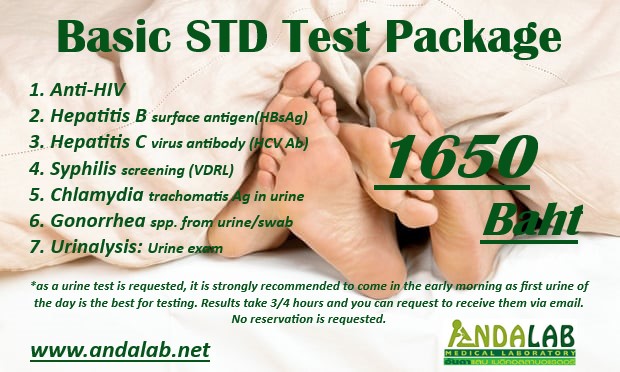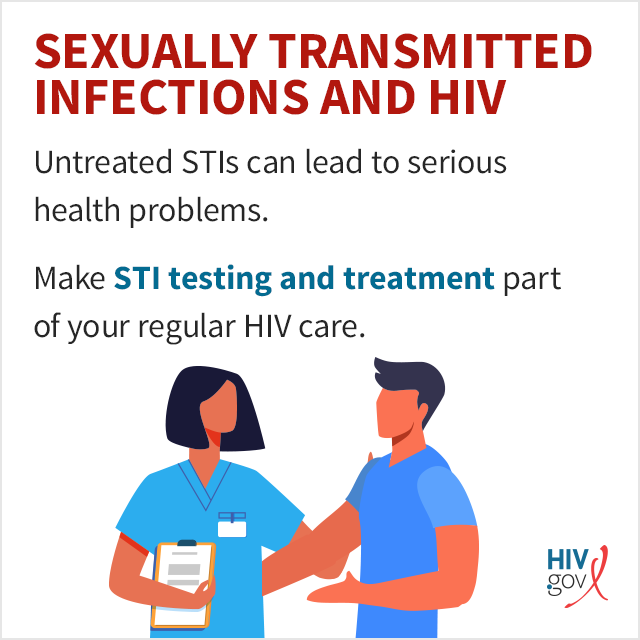Understanding What STD Symptoms Are Involved With STD’s

STD stands for sexually transmitted diseases, which is an infectious disease that is passed through sexual activity including anal sex, oral sex, vaginal sex or even intimate physical contact. Some common types of STD's are Chlamydia, gonorrhea, herpes, syphilis, hepatitis and HIV.
The most common STD is chlamydia, or an infection with chlamydial bacteria
The disease is very common but can be cured if detected and treated early. Symptoms of chlamydia include red spots on the genitals or vagina, itching in swimmers, white or green discharge that is usually odorless, and burning or itching when urinating.
Gonorrhea is also another sexually transmitted disease, this disease is caused by the human papilloma virus (HPV). Symptoms of gonorrhea include pain during urination, pelvic pain during sex. Women often have more severe symptoms than men because the body of a woman is designed to protect itself from infections such as gonorrhea.
Syphilis is caused by the bacterium called Treponema pallidum. Some common symptoms of syphilis include fatigue, fever, rash and swollen lymph nodes.
HIV is caused by the human immunodeficiency virus. This disease is a life-threatening disease and those who are infected with HIV must seek treatment for their infection as soon as possible. The symptoms of HIV include a swollen lymph node, painful swollen glands in the neck and armpit and difficulty in breathing. HIV patients are also more likely to develop cancer of the mouth and throat.
Hepatitis is caused by the infection of the liver, this infection is usually acquired through unprotected sex. Common symptoms of hepatitis include severe inflammation of the liver, pain in the abdominal area and jaundice.
The most common symptom of Hepatitis is jaundice, if the liver is infected, jaundice can also cause jaundice. HIV patients also have a high risk of contracting liver cancer. If the liver is not able to fight off the infection the patient may also develop chronic liver failure, high blood pressure and weight loss.

It is important to seek medical attention immediately if you are experiencing any of these symptoms.
These symptoms should not be ignored and should be taken care of right away
There are many other symptoms that can indicate the presence of an STD. However, these symptoms can cause discomfort so they are best left untreated for a few days. In addition, symptoms that appear in less than twenty-four hours may not be indicative of an STD. For instance, a cold that lasts for less than two days, a fever that is higher than 101 degrees and swollen lymph nodes do not mean an STD.
If a person has any of these symptoms they should be tested. A medical professional should be consulted as soon as possible. They can perform a simple test and determine the condition of the person. If you notice any of these symptoms and think that you might be suffering from an STD, you should get a doctor checked.
Once an individual is diagnosed with an STD, it is important to monitor their immune system because the condition of the immune system is one of the causes of diseases such as STDs. When your immune system is compromised it can become weaker, this weakens the ability of your body to fight off infections and diseases.
By making sure you are having regular checkups and treatment for any symptoms, you will help prevent an outbreak of disease from happening and this will help to prevent any transmission of the disease to your sexual partner. You can also prevent any of these diseases from becoming worse and spreading to others by making sure you are having regular checkups with a doctor or by using protection.
Symptoms of STDs can be difficult to detect in some people but knowing what is going on with your body can help to make the diagnosis easier. Your doctor can help you understand what is going on and how to treat your body.